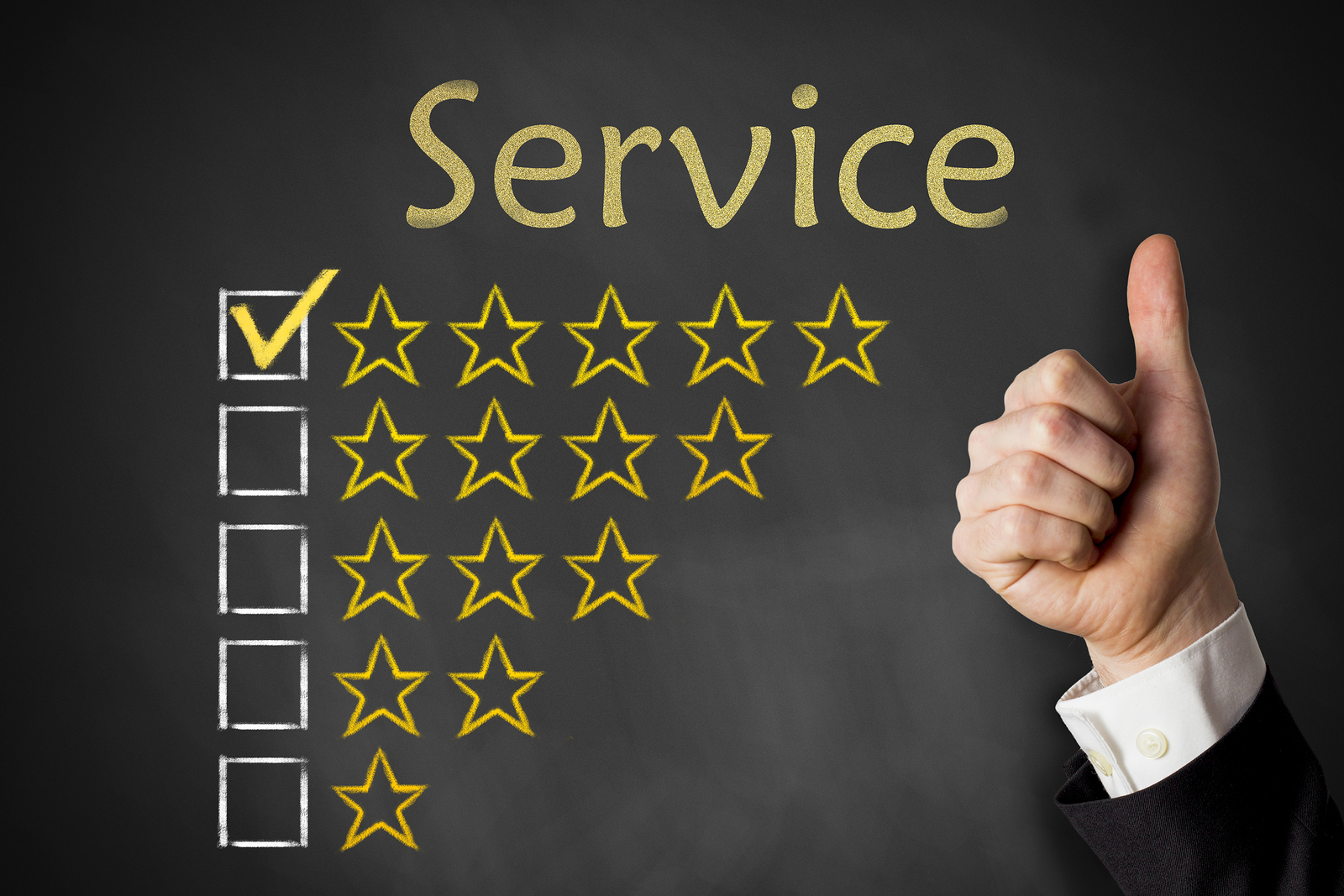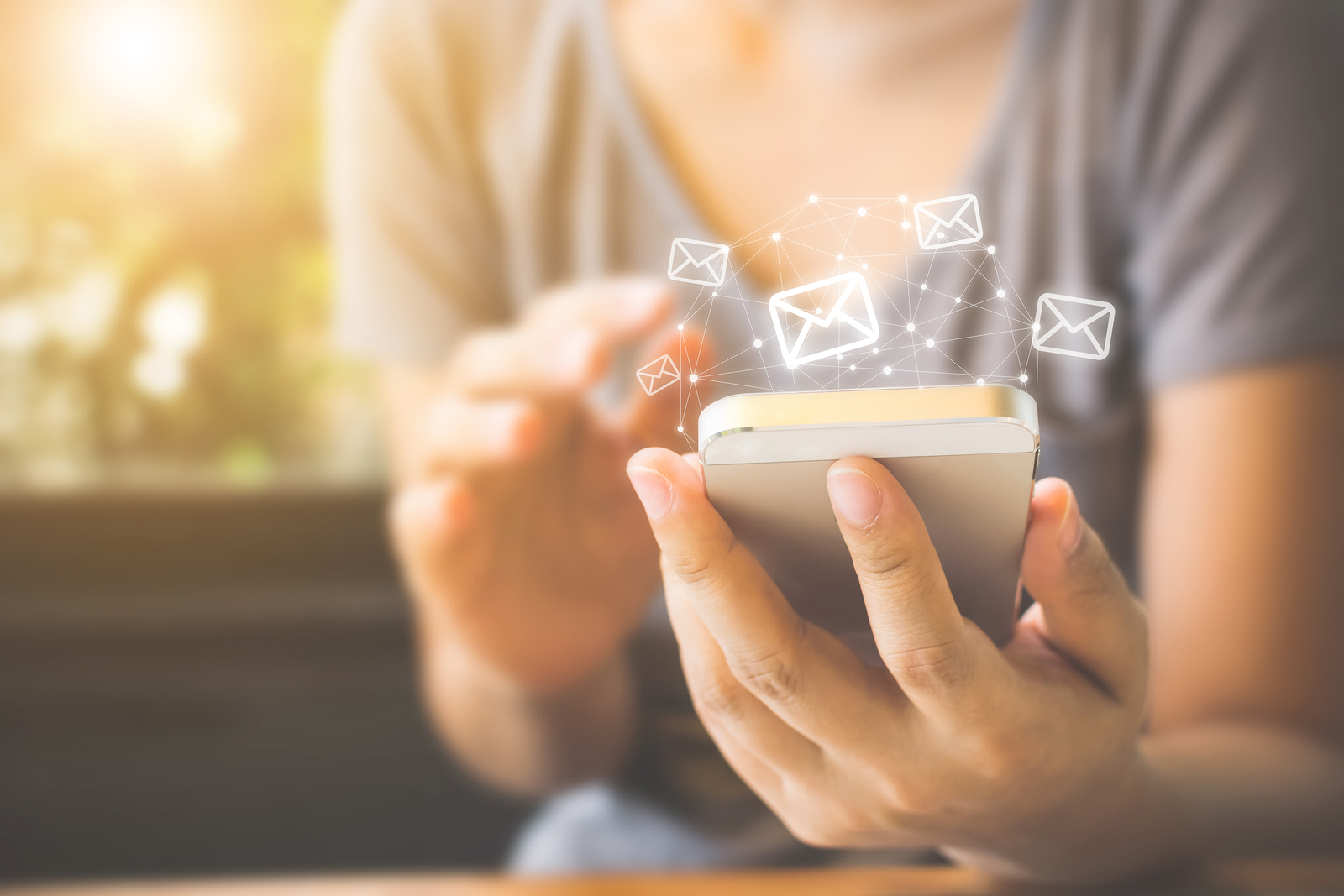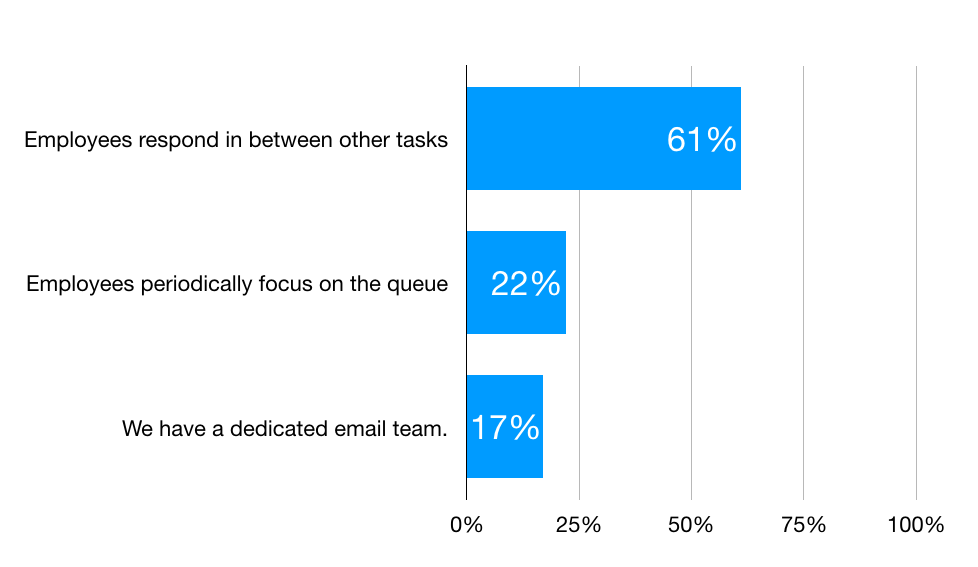Step 1: Define Your Culture
Imagine you decided to invest in new accounting software for your company. There are a lot of different products on the market, so you decide to conduct a search for the best option.
Is that the time to train employees on the new accounting software?
Of course not! You must first decide which software you're going to acquire and then install the software so employees can actually use it before training them.
Service culture is the same way.
There's no sense sending employees to training until you've defined your culture with a shared definition of outstanding service called a customer service vision.
The vision should be the basis for your service culture training.
Without one, your training will be generic. “We’re sending everyone to generic training!” isn’t an exciting rallying cry.
You can create a customer service vision in one meeting. It takes just two hours if you follow this step-by-step guide.
Step 2: Create Learning Objectives
Let's go back to the accounting software analogy.
Imagine you've selected a software vendor and installed the new software so it's ready for employees to use. Now is surely the time to train employees, right?
Not so fast!
You must first know exactly what you want employees to do with the software. This might involve mapping out the various tasks employees will perform in the software and then designing a curriculum to teach employees those specific skills.
Service culture training is the same way.
You must start by identifying what you want your employees to know and do after completing the training.
I always advise clients to focus their service culture training program on helping employees answer three questions:
What is the customer service vision?
What does it mean?
How do I personally contribute?
Using these questions as a guide will make your training much more specific and focused.
Helpful tool —> Learning objective worksheet
Step 3: Plan for Sustainability
Okay, let's go back to the accounting software analogy one more time.
Imagine you implement the software and design a training program for your employees. Surely, now it's time to train, right?!
Not necessarily.
You want to time the training so employees learn to use the software right before they start using it. If you do the training too far in advance, employees will inevitably forget what they learned and they'll need to be trained again.
Service culture training works the same way.
Before you train employees, you want to be sure that their work environment will help sustain and reinforce the training.
This means aligning two things with the training program:
The employees' daily work.
Messaging from the employees' boss.
Examples of daily work include policies and procedures, resources, and tools.
Imagine the service culture training encourages employees to go "above and beyond" for customers. Are your employees allowed to go above and beyond? Do they have the resources and tools necessary to exceed expectations?
The training will fall flat if employees aren’t empowered.
Likewise, managers must be aligned with the training as well. A boss who constantly harps on employees to be efficient and control costs will probably override a service culture training program that encourages employees to find ways to "surprise and delight" the people they serve.
Guide —> 7 ways leaders can model great customer service
Take Action
The most customer-focused leaders I see have the patience to commit their organization to the process.
It may feel like slow-going at first, but you'll soon pick up steam and will suddenly be surprised at your momentum!
When you’re ready, The Service Culture Handbook can help guide your journey.
















